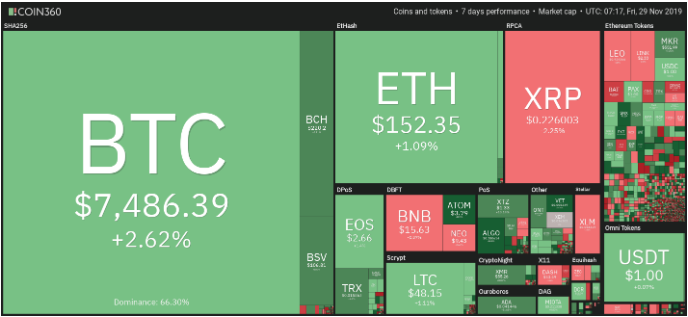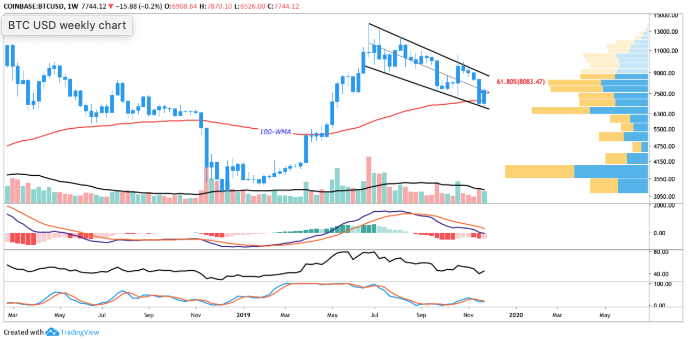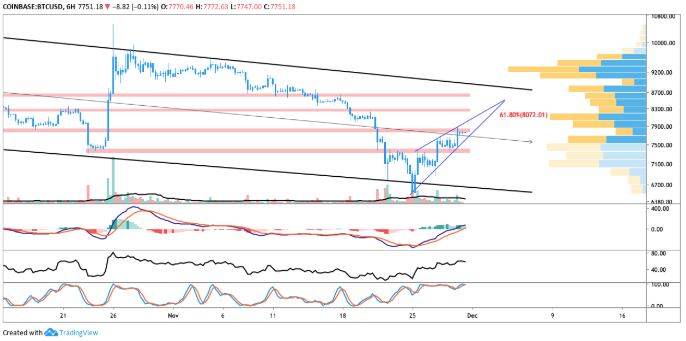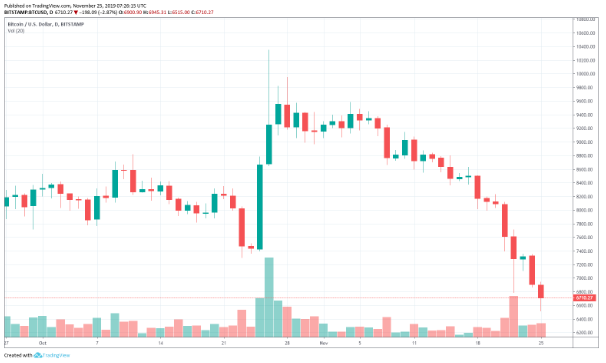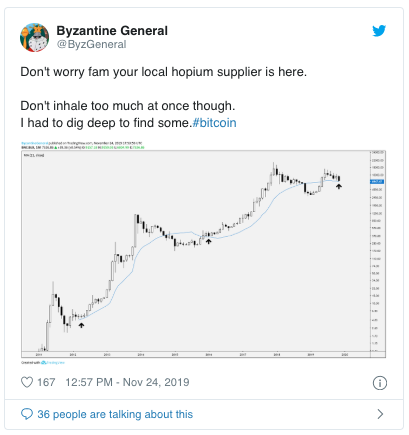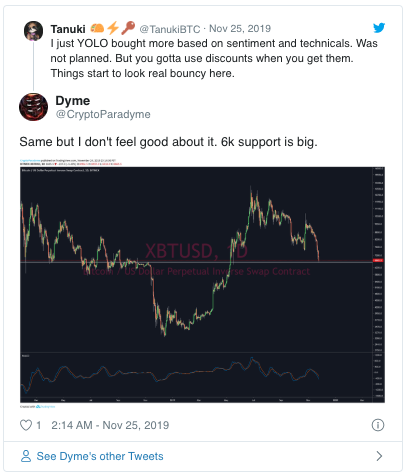Pennsylvania Man Charged With Stealing Cryptos Through SIM Swapping
By RTTNews Staff Writer | Published: 12/16/2019 8:28 AM ET

A Pennsylvania man was charged by a federal grand jury for conspiring to commit wire fraud and extortion, according to a statement by the U.S. Department of Justice (DoJ). He engaged in a "SIM swapping" scheme to obtain cryptocurrencies and other money and property by fraud and extortion.
23-year-old Anthony Francis Faulk was indicted with one count of conspiracy to commit wire fraud and one count of interstate communications with intent to extort. He was arrested and released on a $250,000 bond.
The indictment also alleges that Faulk used the proceeds of the SIM swapping scheme to obtain real and personal property for his own use and benefit, including a house, a Ferrari and three other cars, jewelry, a Rolex watch, and royalty rights in twenty songs.
The property obtained with the proceeds of the SIM swapping scheme is subject to criminal forfeiture.
Faulk is charged for targeting crypto-related company executives and others who possibly held or invested in significant amounts of cryptocurrency through a SIM swapping scheme. They also allegedly extorted victims of the SIM swapping scheme.
"SIM swapping" or "SIM hijacking" can be done with little more than a persuasive plea for assistance, a willing telecommunications carrier representative, and an electronic impersonation of the victim.
Faulk and others used "fraud, deception, and social engineering techniques" to persuade telecom representatives to transfer or port cellphone numbers from the victims SIM cards to the conspirators. They gained control of the victims' cellphone numbers and used deceptive techniques to access email, electronic storage, other accounts as well as cryptocurrency accounts of victims.
If convicted, Faulk faces a sentence of up to 20 years in prison and a fine of $250,000 for the conspiracy to commit wire fraud charge. For the extortion charge, Faulk faces a maximum sentence of 2 years in prison and a fine in the amount of $250,000.
According to a report on krebsonsecurity.com, the U.S. State of California is said to be the hub of unauthorized "SIM swaps." The report says kids aged particularly between 19 and 22 are found to be stealing millions of dollars in cryptocurrencies.
SIM swapping attacks primarily target individuals who are visibly active in the cryptocurrency space, such as people working at cryptocurrency-focused companies, speakers at public conferences on blockchain and cryptocurrency technologies, and those openly talk on their crypto investments on social media.
For comments and feedback contact: editorial@rttnews.com
Article written by an RTT News Staff Writer, and posted on the RTT News.com website.
Article reposted on Markethive by Jeffrey Sloe



















